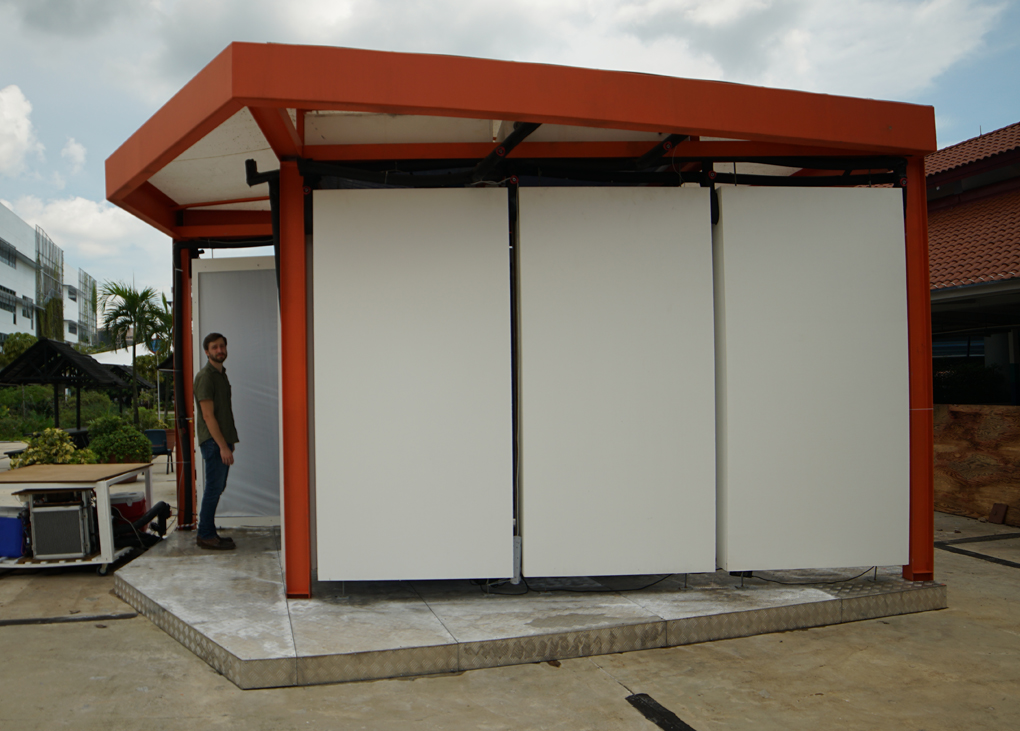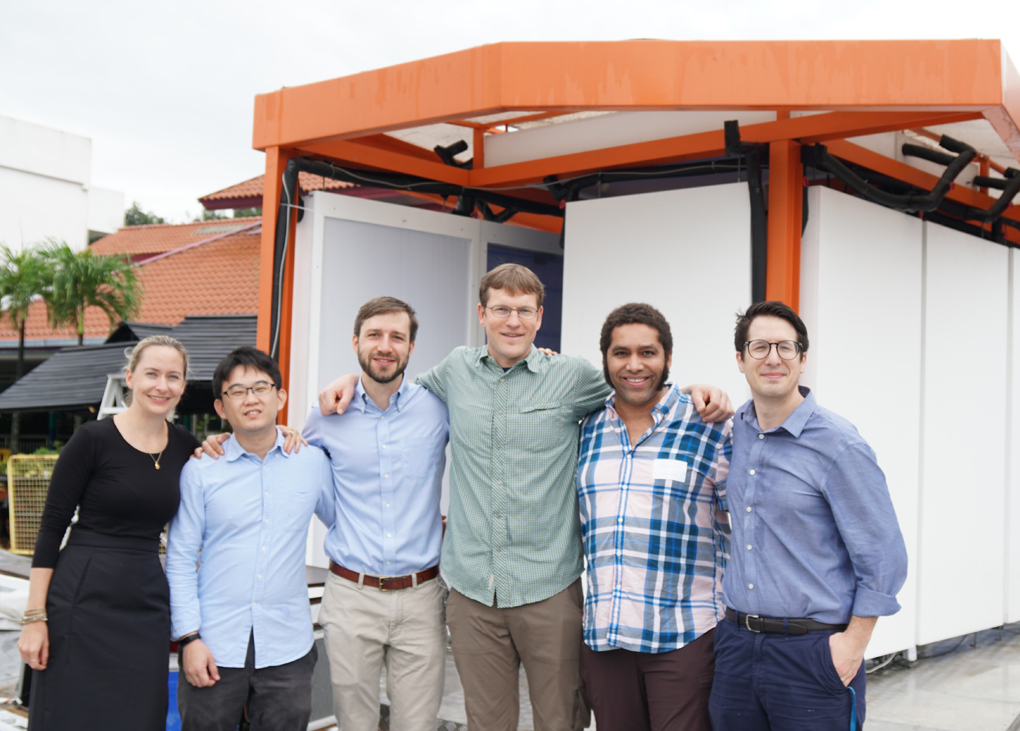A team of researchers has created a new way to cool down without using air conditioning.
Researchers from the University of British Columbia, Princeton University, the University of California, Berkeley and the Singapore-ETH Centre claim that the creation known as Cold Tube is a better alternative to using air conditioning.
The Cold Tube is a system of rectangular wall or ceiling panels that are kept cold by chilled water circulating within them. Since heat naturally moves by radiation from a hotter surface to a colder surface, the body heat of a person standing beside or under the panel would radiate towards the colder panel. This creates a sensation of cold air flowing over the body even if the air temperature is quite high.
Project co-lead Adam Rysanek says air conditioners work by cooling down and dehumidifying the air around us, which is expensive and not particularly environmentally friendly.
“The Cold Tube works by absorbing the heat directly emitted by radiation from a person without having to cool the air passing over their skin. This achieves a significant amount of energy savings,” he says.
The Cold Tube is unique because it does not need to be combined with a dehumidification system to work. The concept of cooling panels in the building industry is not new, but Cold Tube has an airtight, humidity-repelling membrane to encase the chilled panels to prevent condensation from forming while still allowing radiation to travel through.


Senior engineer at AIL Research, Eric Teitelbaum, says that Cold Tube reduces up to 50 per cent of typical air conditioning energy consumption because it can make people feel cool without dehumidifying the air around them.
“The mission is to adapt the design for indoor spaces that would typically use central air conditioning,” he says.
Rysanek also believes that after the COVID-19 pandemic, Cold Tube will be especially relevant as people become more aware of the importance of air quality.
“As the climate changes and air conditioning becomes more of a global necessity than a luxury, we need to be prepared with alternatives that are not only better for the environment, but also our health,” he says.
The team is currently using the data collected in Singapore to update their projections of the Cold Tube’s effectiveness in indoor spaces globally. They plan to demonstrate a commercially viable version of the technology by 2022.
Image credits: The University of British Columbia



Leave a Reply